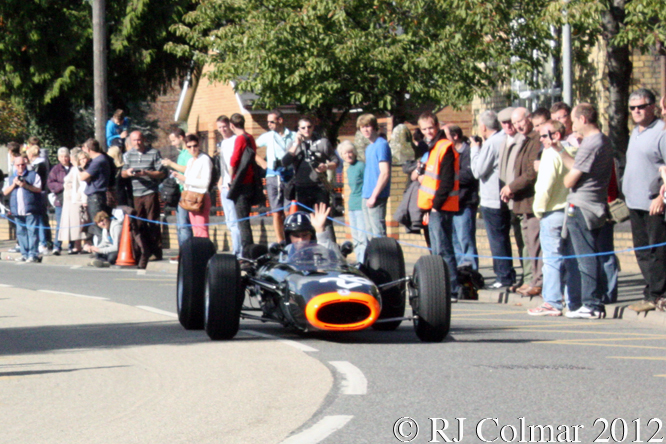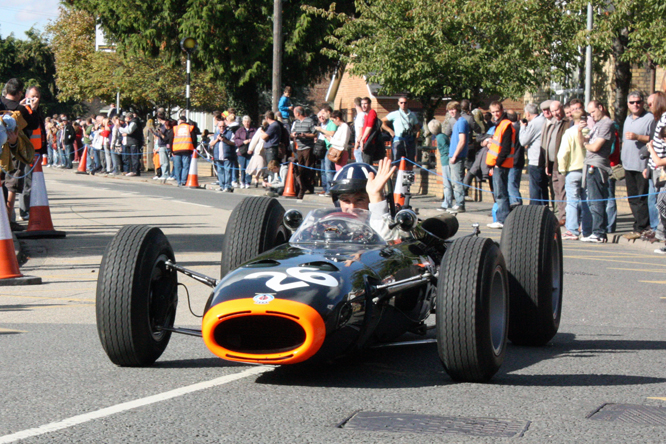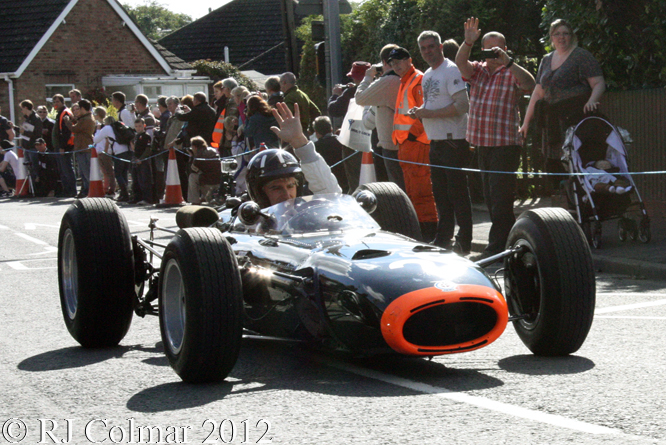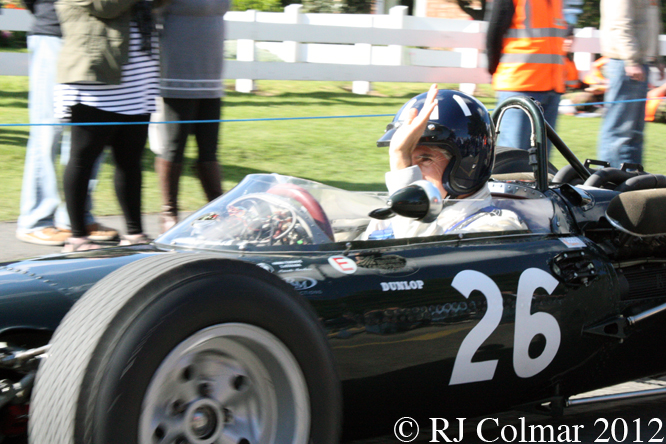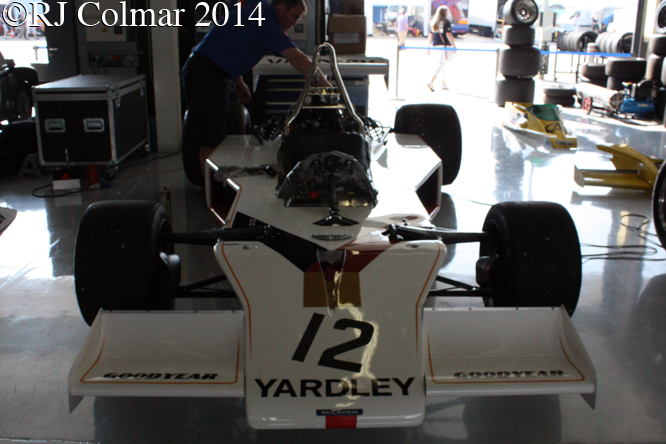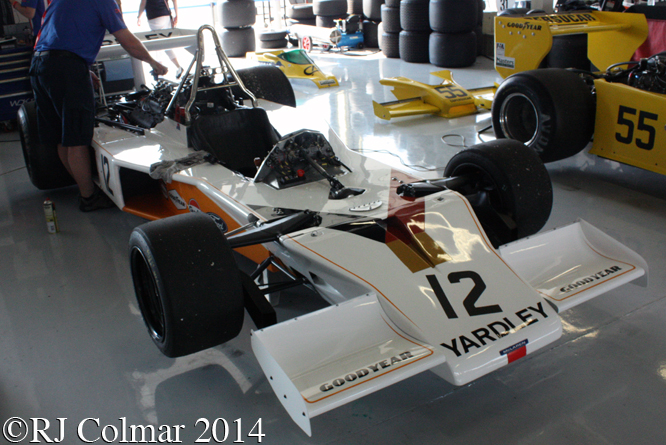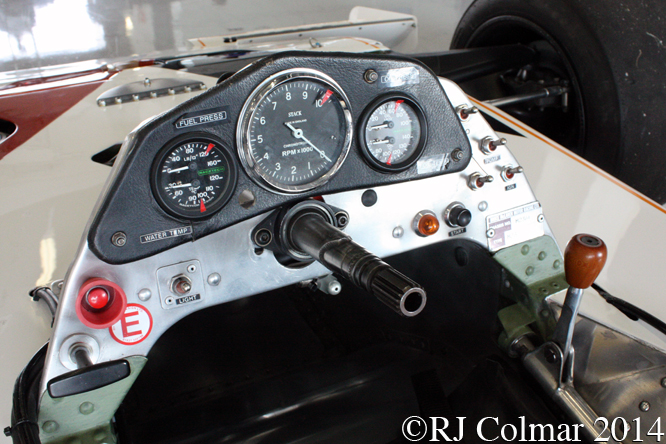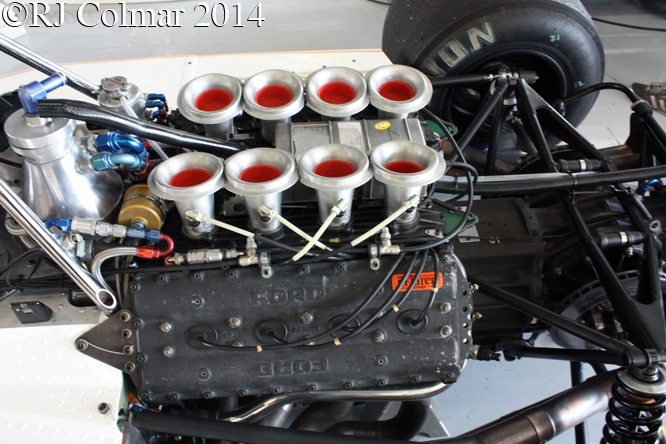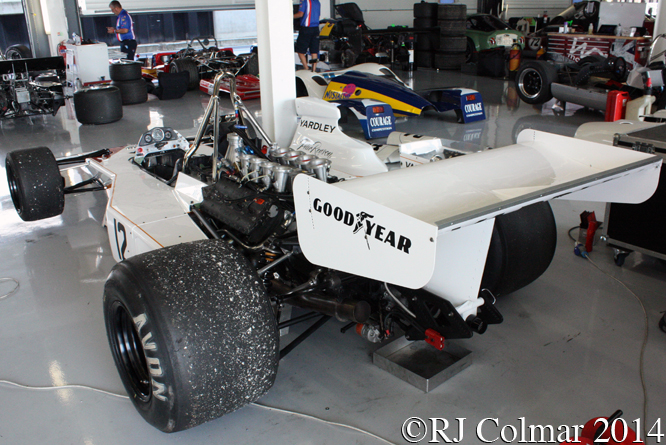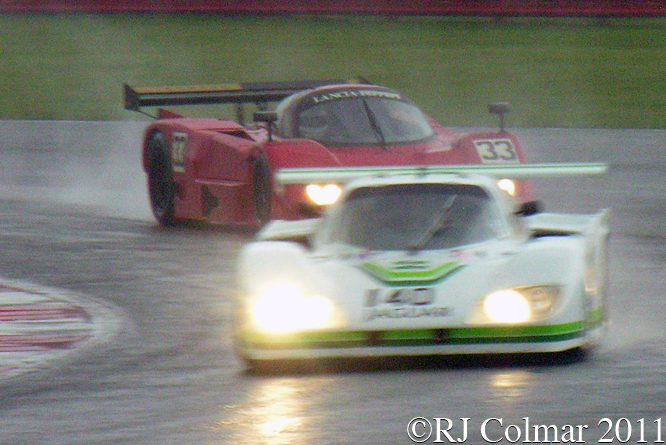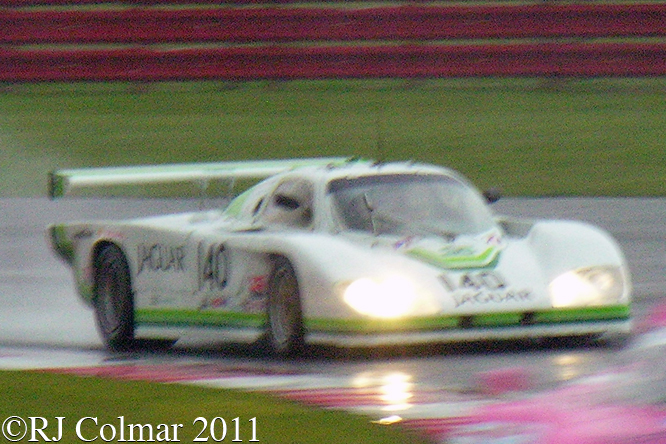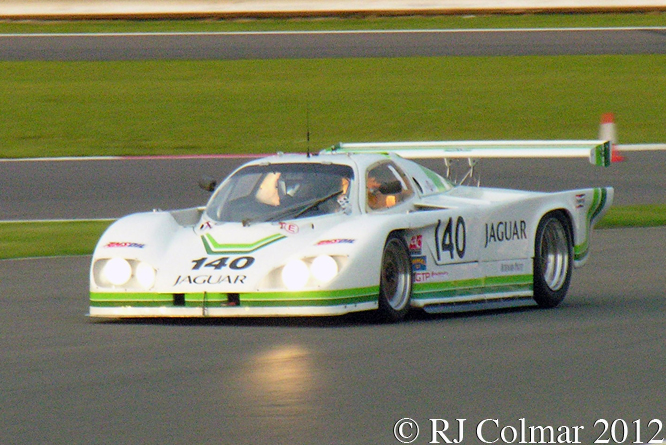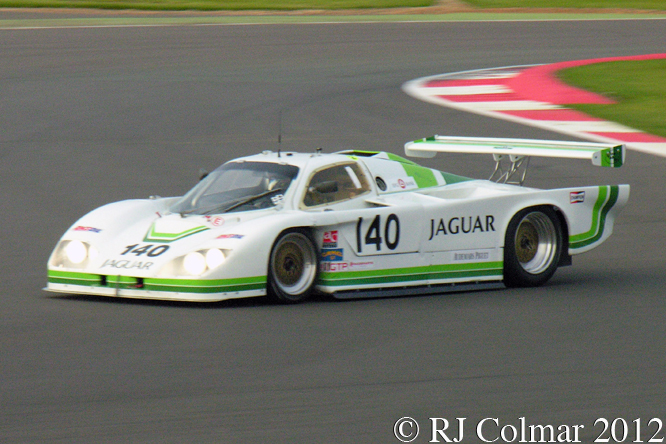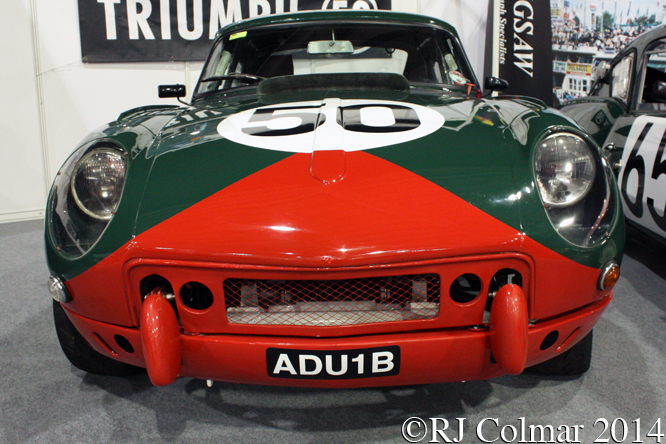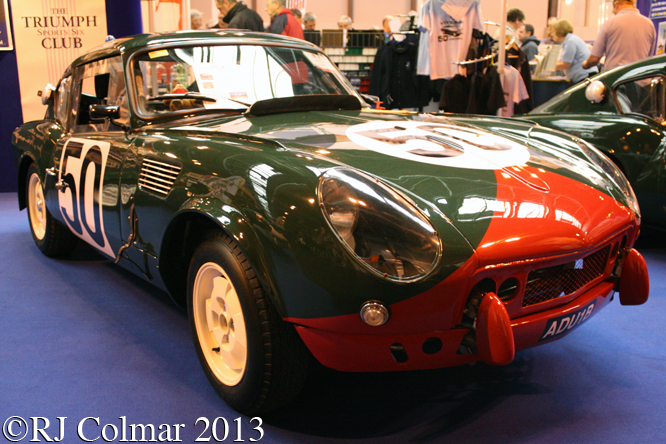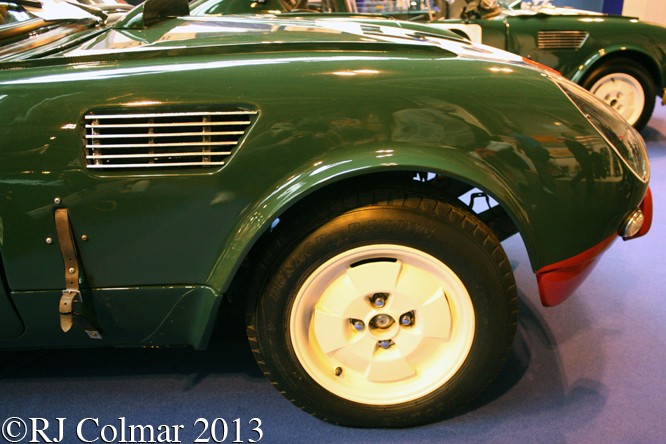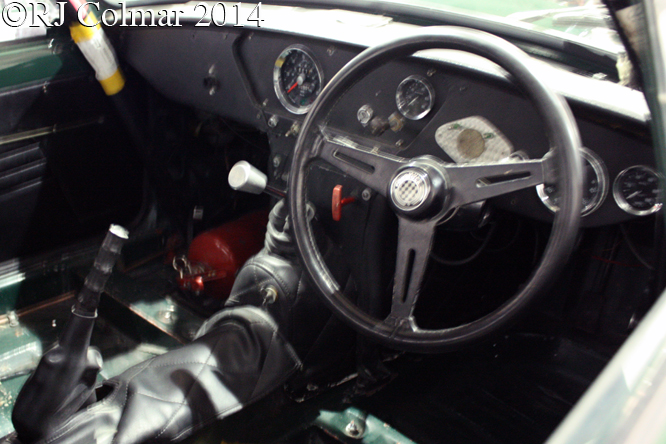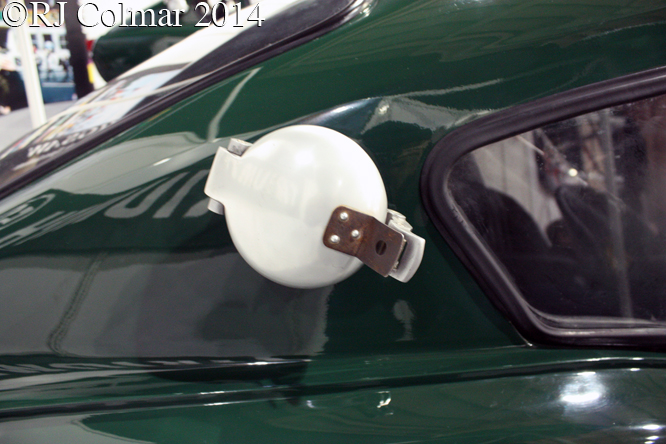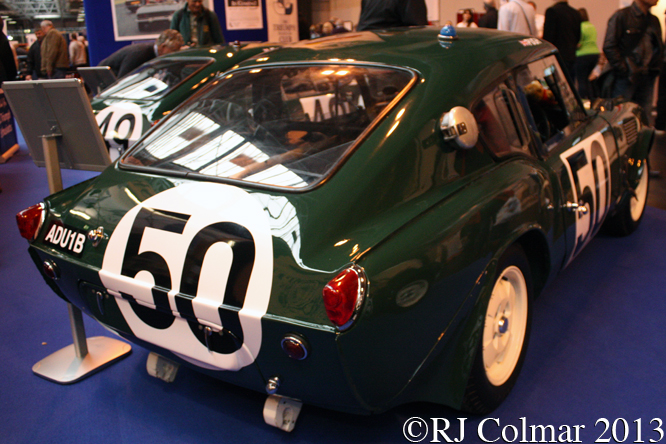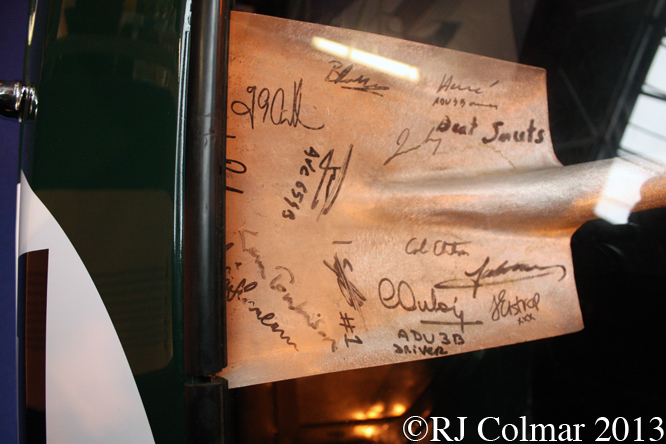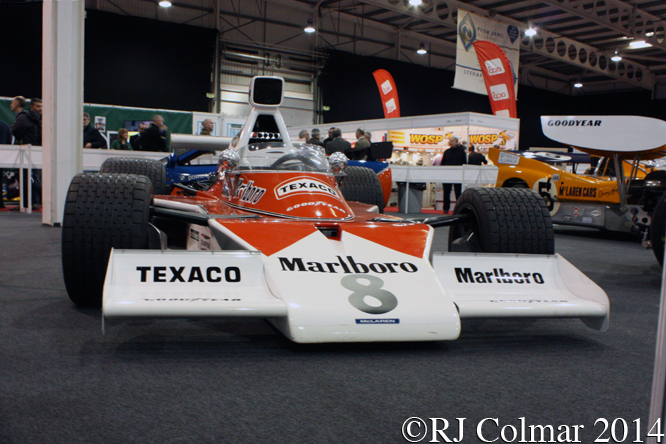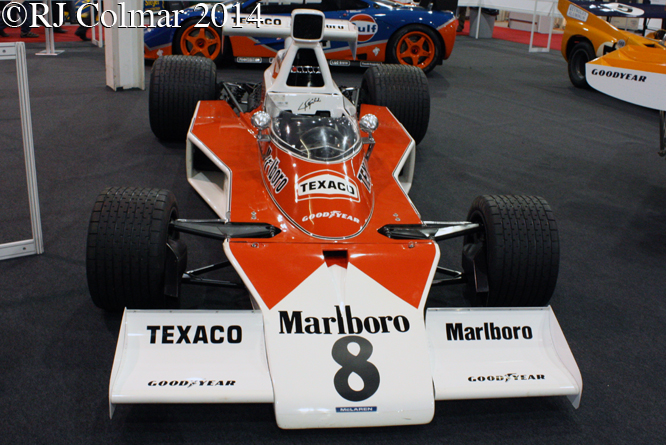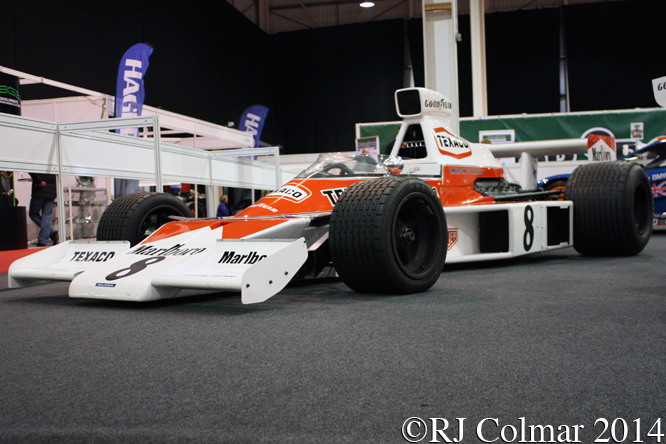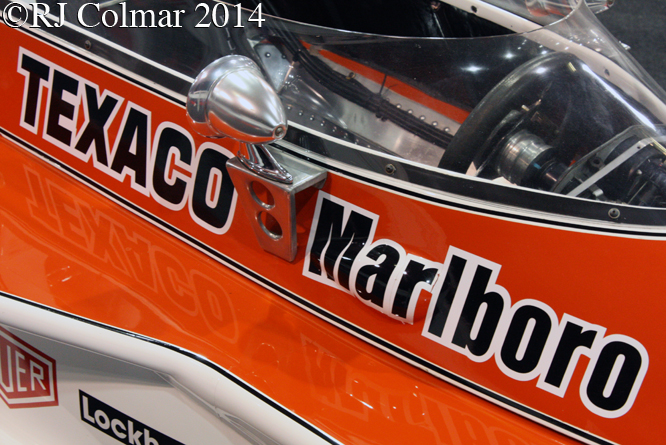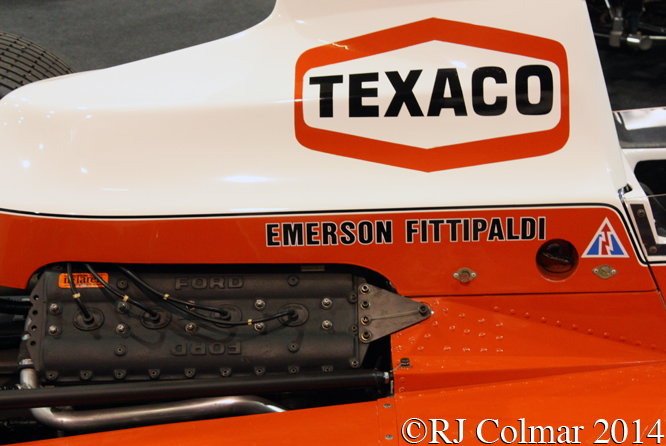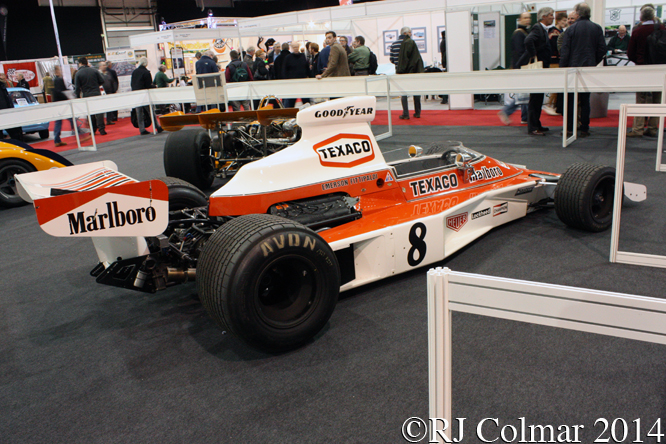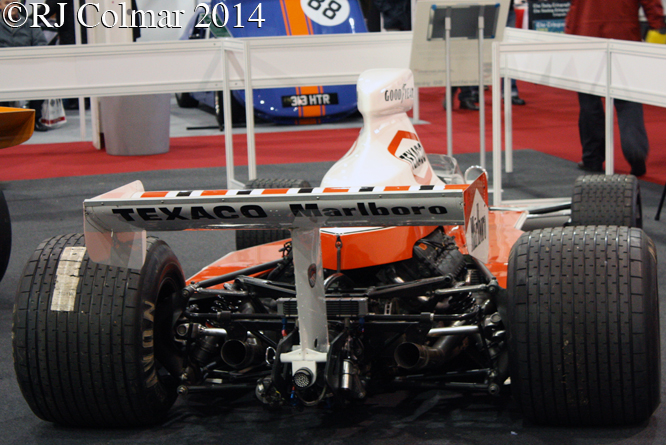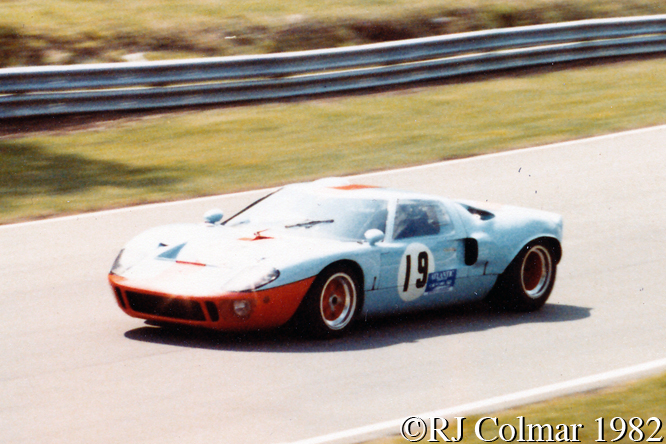The early to mid 1980’s were boom years for many capitalist economies as the price hike in fuel prices provoked by the 1970’s fuel crises became normalised as increased oil production outside the OPEC nations that forced the crises became more economically viable.
In 1983 Nelson Piquet became the first driver to win the World Championship driving a vehicle with a turbo charged motor, his Brabham BT52 being powered by a BMW engine that brought the Bravarian brand much attention, despite Ferrari winning the 1983 Formula One Constructors Championship, in almost all of the global automotive markets except the biggest one in the USA.
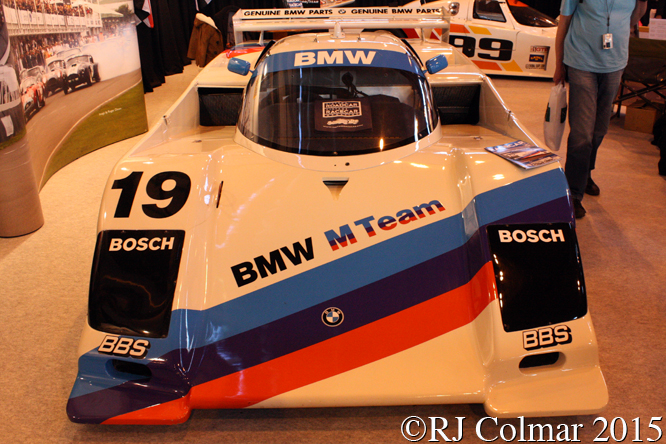
To fire up brand awareness in the USA for the 1986 season BMW tasked McLaren North America to run two BMW North America financed cars in the increasingly popular IMSA GTP series for prototype 2 seat coupé racing cars.
Time and considerable development expense was saved when BMW commissioned March to build four GTP chassis based on the previous race winning March 82G, 83G and 84G GTP prototypes that had been run with Porsche Flat 6, Buick V6 and Chevrolet V8 engines.
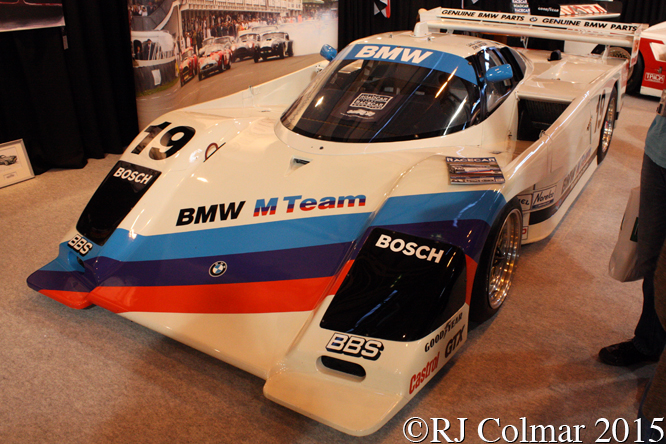
The BMW GTP prototypes, said to have been designed by Gordon Coppuck, were fitted them with 2 litre / 122 cui 4 cylinder 16 valve turbo charged motors and to be driven by American young guns Davy Jones and John Andretti backed up by the more experienced pairing of John Watson and David Hobbs.
During testing for the Daytona one of the cars caught fire and wary of adverse publicity the team withdrew it’s cars from the season opening 24 Hours race.
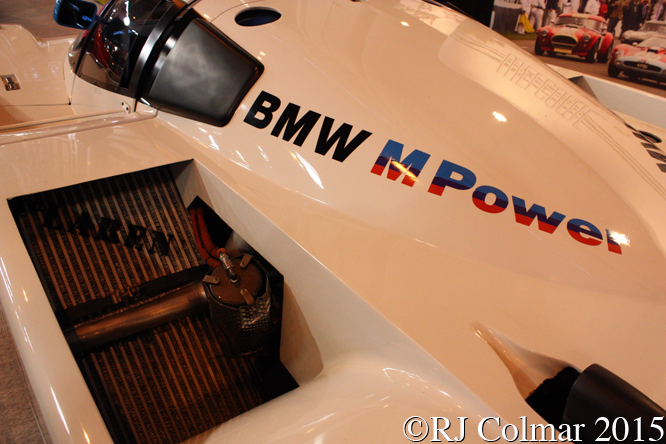
A second car burned during qualifying at Sebring and it’s sister was withdrawn after a separate accident, but in the remaining races the cars proved fast, regular top ten qualifiers, but fragile recording 8 did not finishes plus two accidents from 17 starts.
At Watkins Glen the team locked out the front row of the grid and the pole sitting youngsters Davy and John drove their BMW GTP to the models only victory in the Watkins Glen 500 while the sister did not finish.
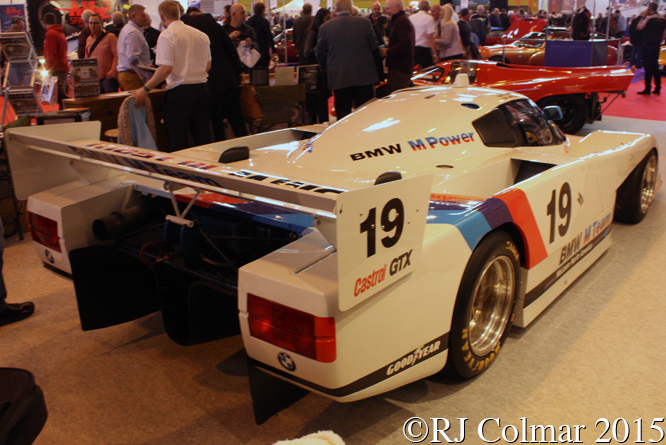
At the end of the year BMW announced it’s imminent withdrawal from International motor sport after the BMW powered Brabham F1 team scored only two points and BMW powered vehicles from both series appeared to attract more publicity for catching fire than for racing success.
BMW saw out it’s contract to supply motors to Brabham for one more season and the GTP programme was shut down immediately, although two of the remaining BMW GTP’s, two replacements for the ones that were destroyed were sent to McLaren North America, appeared in 1988 as Buick powered March 86G’s with Gianpiero Moretti’s Momo Racing in 1988.
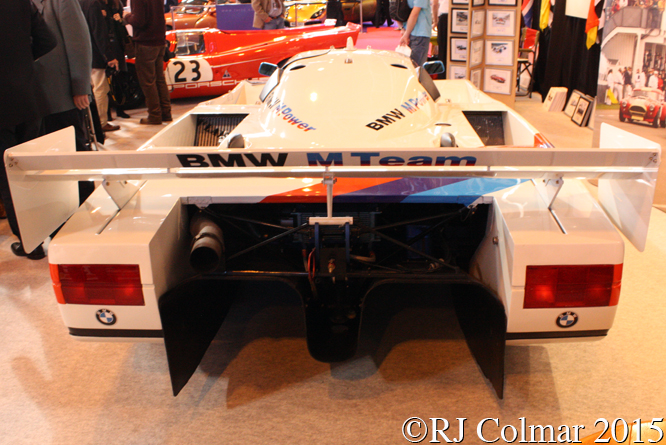
The BMW GTP, like the one seen here at last years Classic Motor Show, NEC, Birmingham, should not be confused with the four Group C spec Nissan V6 turbo powered March 86G’s or the IMSA spec Buick V6 turbo powered 86G supplied to Conte Racing all of which were also raced during 1986.
Thanks for joining me on this “Firing Up Market Awareness” edition of “Gettin’ a li’l psycho on tyres”, I hope you will join me again for Ferrari Friday tomorrow. Don’t forget to come back now !


